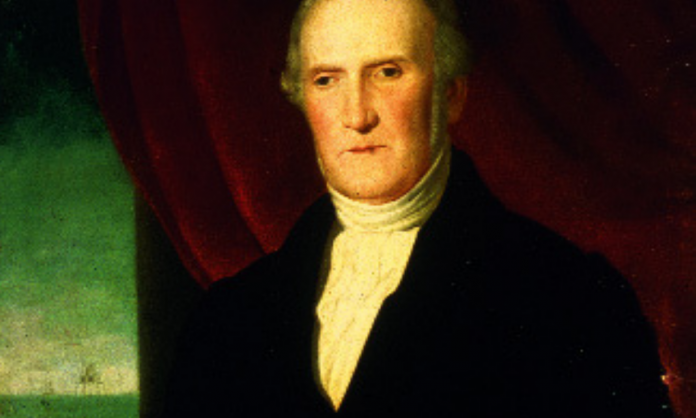By Martin Gleeson
Born in Dublin in 1780, Alexander Mitchell came from a large family. At the age of seven, his family moved to Belfast and Alexander started school a year later. When he was ten, his eldest sister and his father died. His mother sent him to the prestigious Belfast Academy. There he excelled at mathematics and science.
Blind
By the time Alexander was sixteen, his eyesight had started to decline and he found reading difficult. During the 1798 Irish Rebellion, Alexander’s mother sent him to live with friends in Scotland. When he returned to Belfast, he borrowed £100 and set up a brick-making business. He became a house builder and during that time, his talent for invention became evident. He invented several machines used in the brick making and building trades. Even though he was completely blind by the age of twenty-two, he was able to overcome this handicap and become a hugely successful engineer and inventor.
Lighthouse
In many parts of the world, it was necessary to build lighthouses in places where shifting sands and soft, muddy soil conditions made this extremely difficult. Alexander Mitchell designed the screw-pile lighthouse which solved this problem and was easy and quick to build. It required six or eight piles to be screwed into the seabed. The first Mitchell lighthouse was started in 1838 at the mouth of the Thames at Maple Sand, and was completed in 1841. Alexander supervised all the construction and even climbed ladders and scaffolding. He did this in spite of his lack of good eyesight, telling others that he was not afraid of heights because he could not see the sea down below! The second lighthouse was the Wyre Light in Fleetwood, Lancashire.
United States
In the United States, several Alexander Mitchell screw-pile lighthouses were constructed in Chesapeake Bay because of its muddy estuarial bottom. More were built in North Carolina.
As many as one hundred of these spider-like screw-pile lighthouses were erected in the USA. Alexander’s screw-pile invention was used in bridges and viaducts over railway lines in places as far away as India.
Cork
In 1851, Alexander moved to Cobh, Co. Cork, to lay the foundation for the Spit Bank lighthouse. There he became friendly with George Boole, the man whose digital mathematics laid the foundation for computers. Alexander Mitchell died at Glen Devis near Belfast on June 25, 1868. The world had lost a great engineer and inventor. Only three of his lighthouses are left in Ireland. They are at Spit Bank, Cobh, Co. Cork, Dundalk Bay, Co. Louth, and Moville, Inishowen, Co. Donegal.








